Other Trip Birds
All photos are © Marshall Faintich

American Woodcock in her ground nest

American Woodcock in her ground nest

Immature Bald Eagle

Immature Bald Eagle

Baltimore Oriole
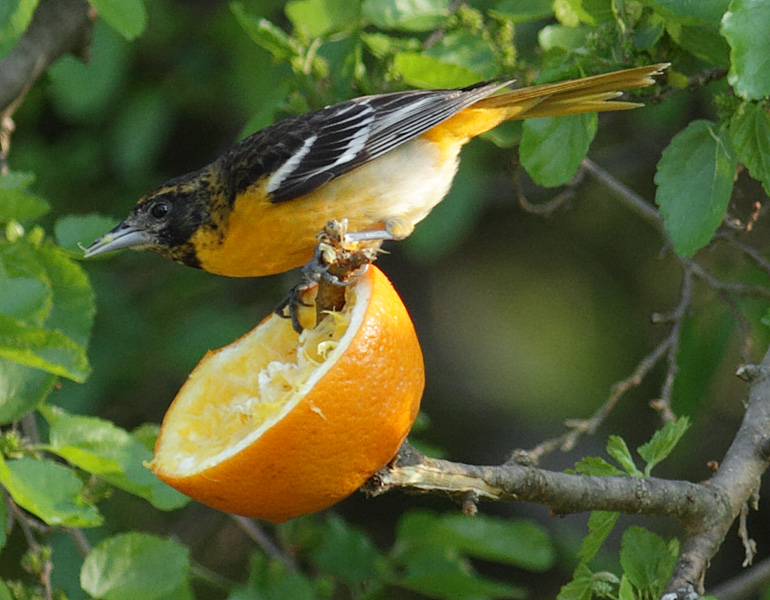
Baltimore Oriole
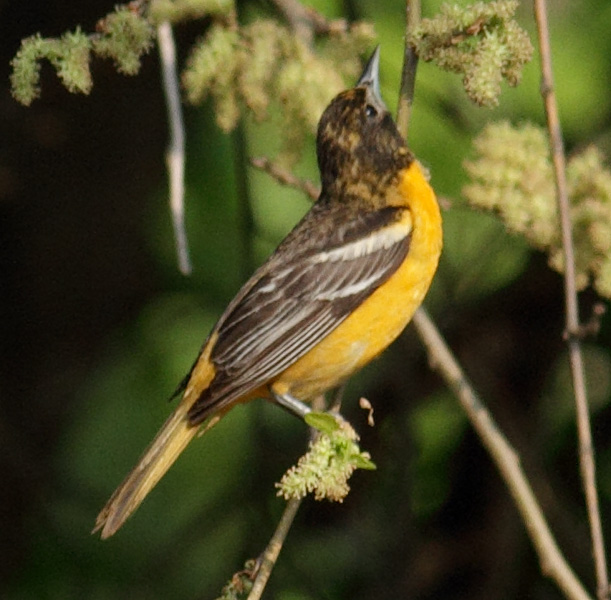
Baltimore Oriole

Baltimore Oriole
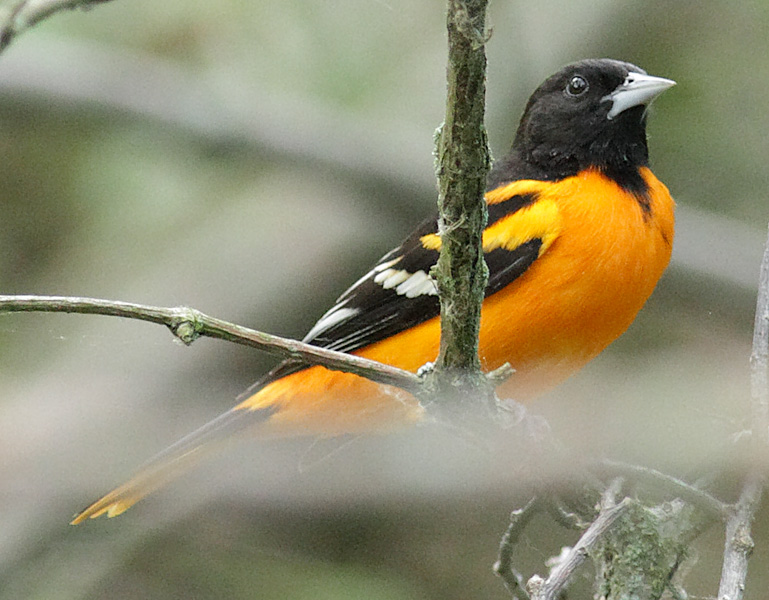
Baltimore Oriole
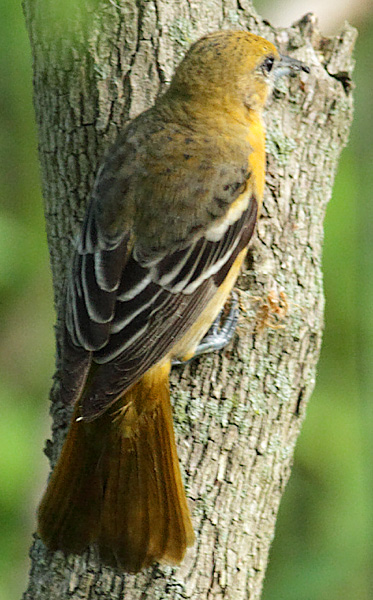
Baltimore Oriole
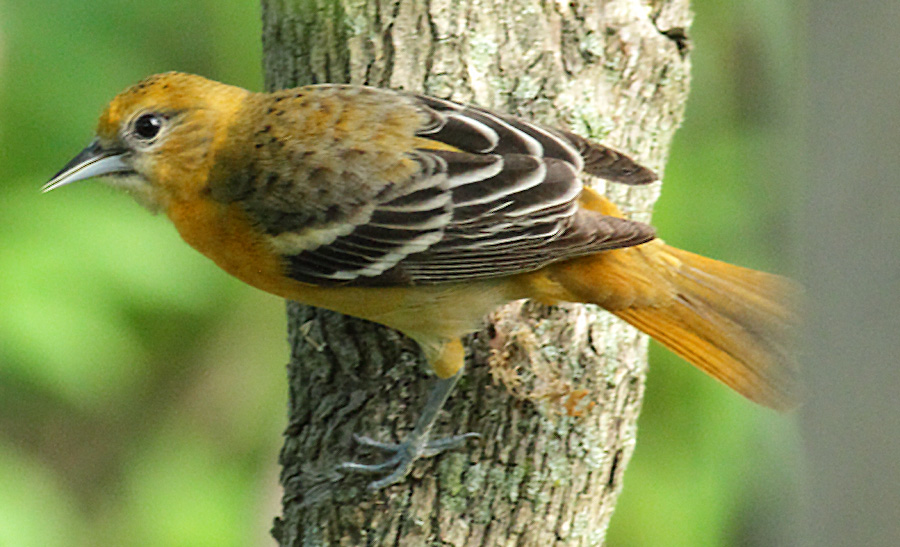
Baltimore Oriole
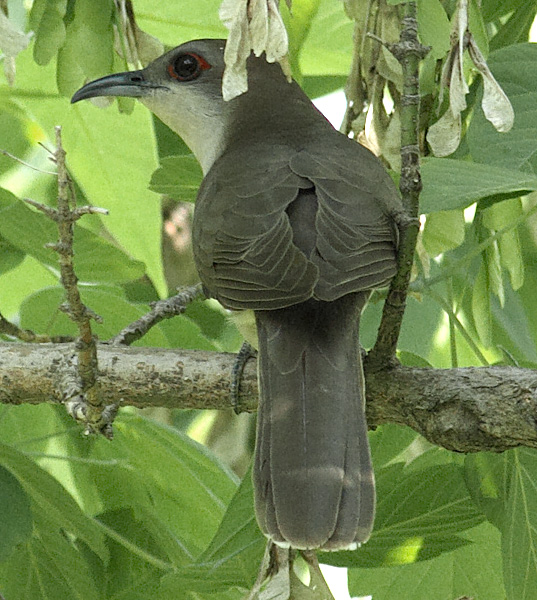
Black-billed Cuckoo

Yellow-billed Cuckoo
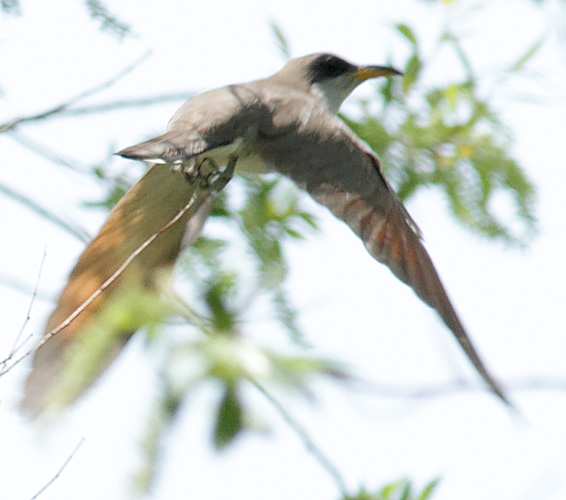
Yellow-billed Cuckoo

Black-crowned Night-Heron

Black-crowned Night-Heron
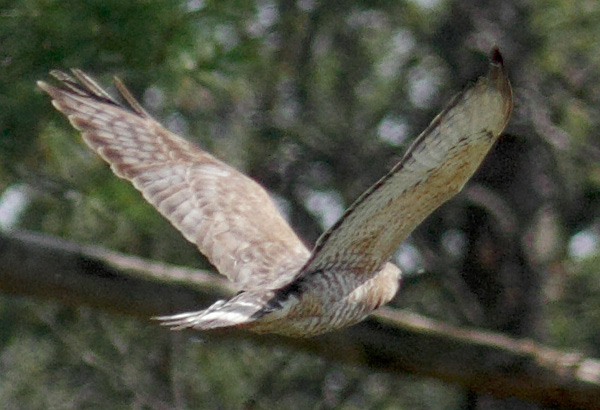
Broad-winged Hawk
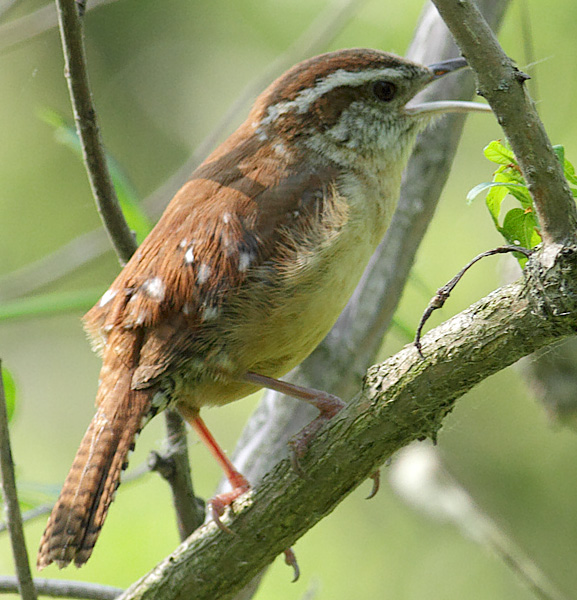
Carolina Wren
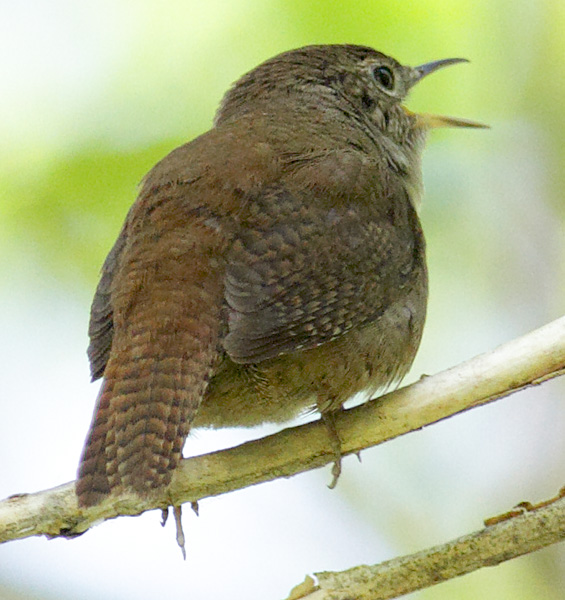
House Wren

House Wren
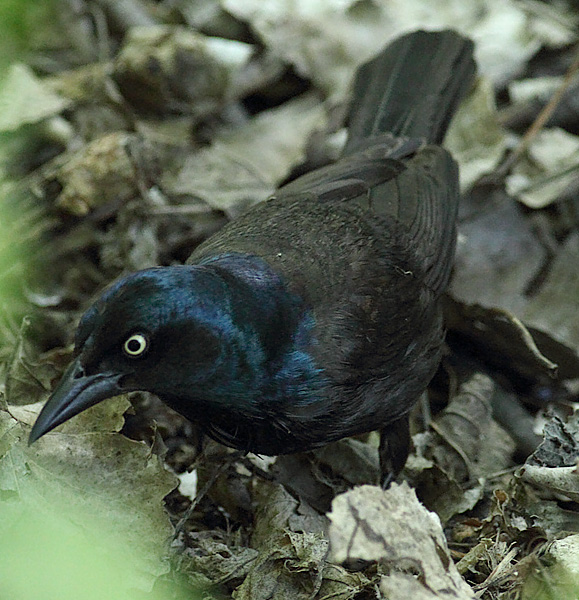
Common Grackle

Eastern Screech-Owl
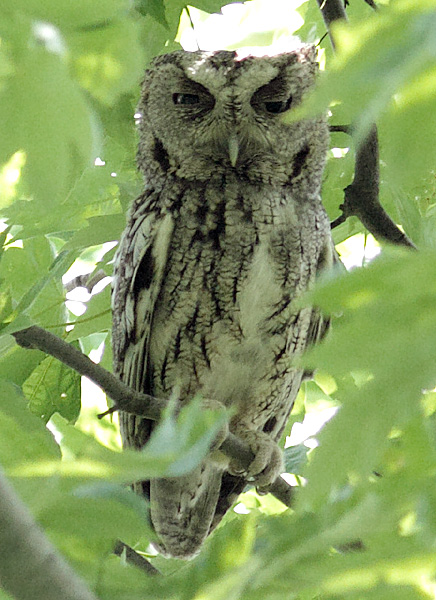
Eastern Screech-Owl
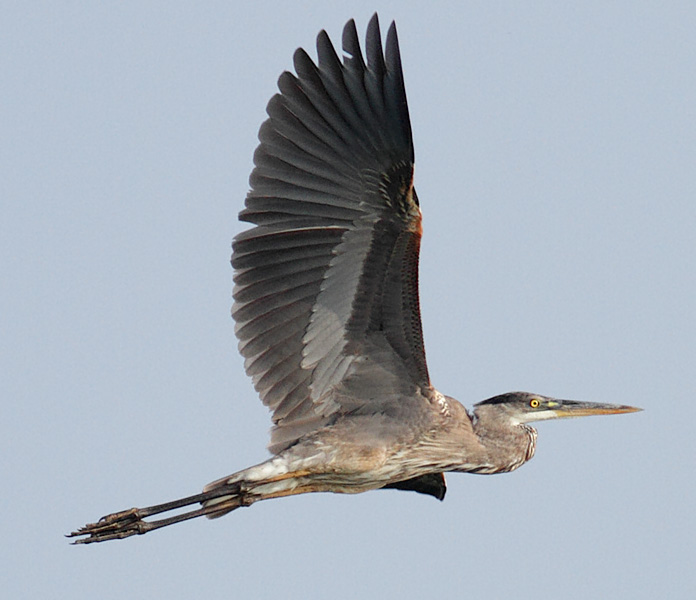
Great Blue Heron
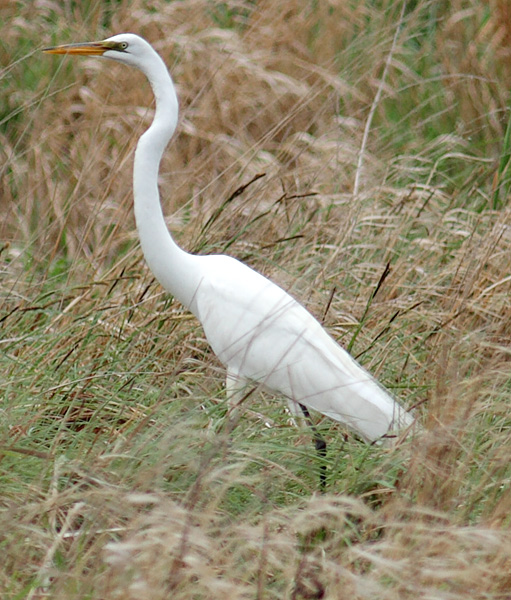
Great Egret
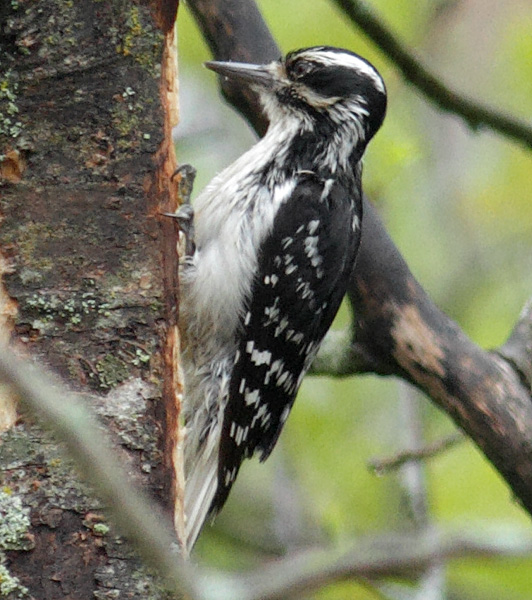
Hairy Woodpecker
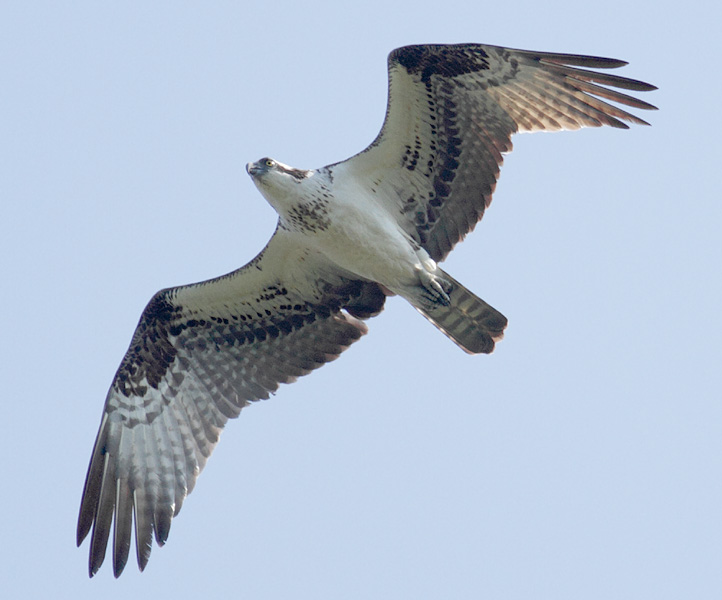
Osprey
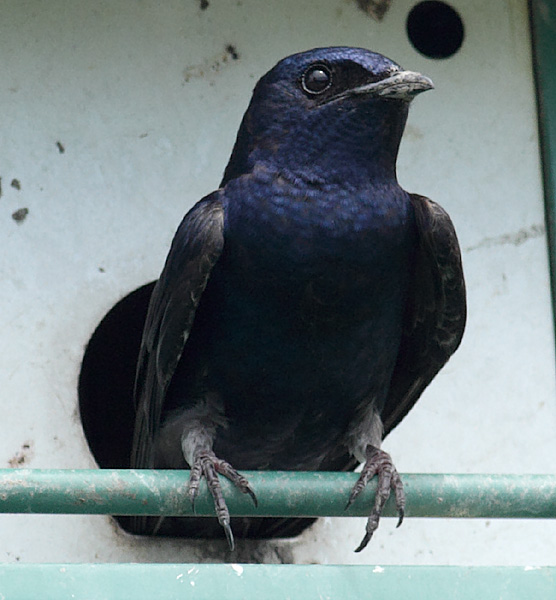
Purple Martin

Rose-breasted Grosbeak

Red-breasted Nuthatch

Ruddy Turnstone
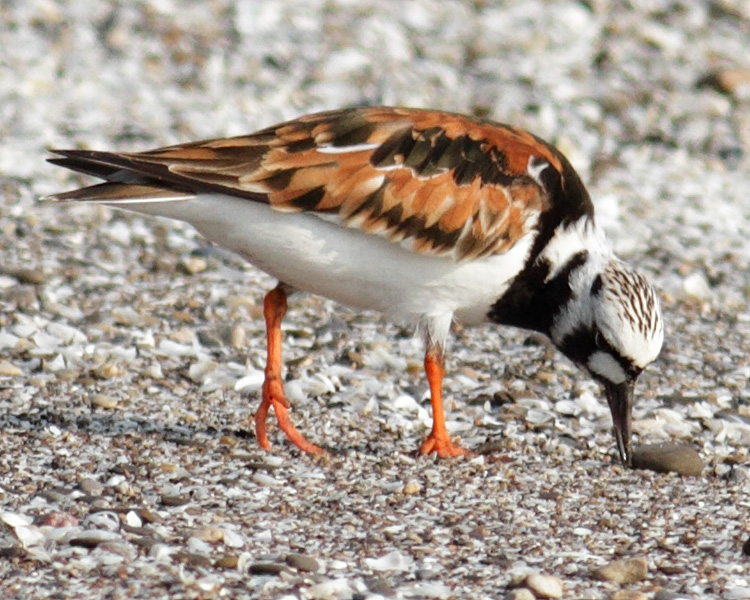
Ruddy Turnstone
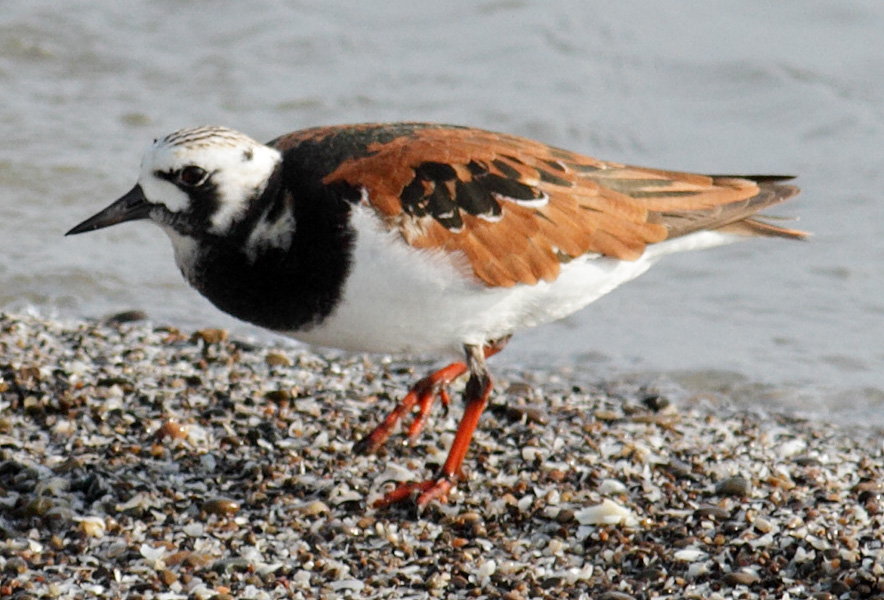
Ruddy Turnstone

Red-winged Blackbird
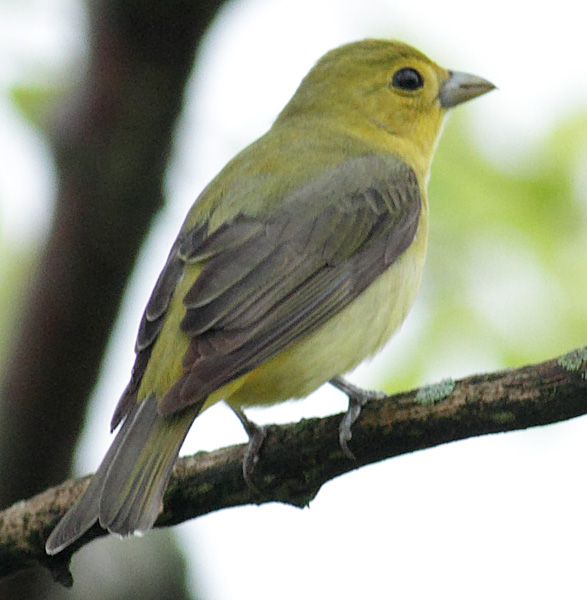
Scarlet Tanager
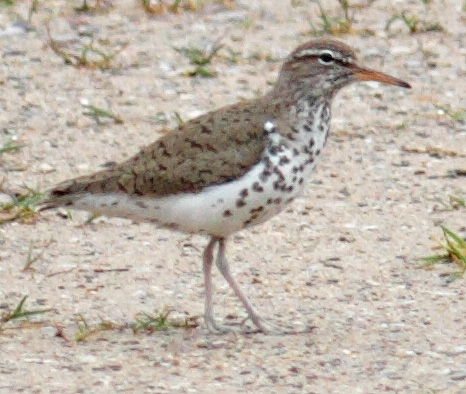
Spotted Sandpiper

Trumpeter Swans

Trumpeter Swans
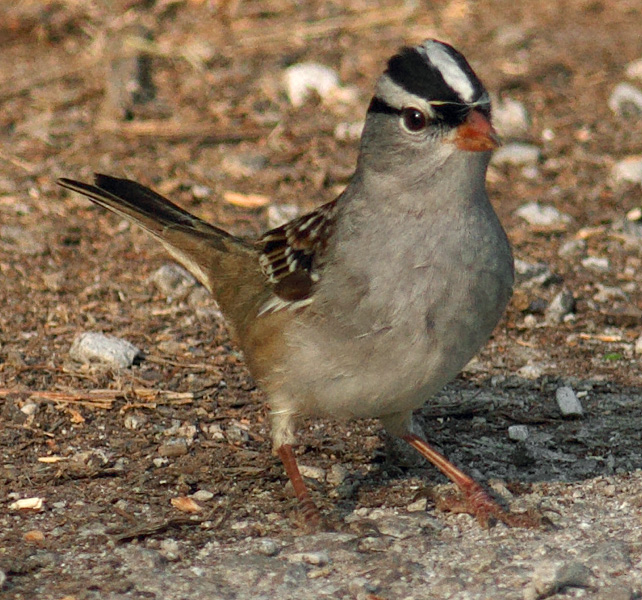
White-crowned Sparrow
I also photographed two other birds that I cannot identify, and opinions are welcomed. The first one might be warbler - note the olive crown and partial eye-ring.
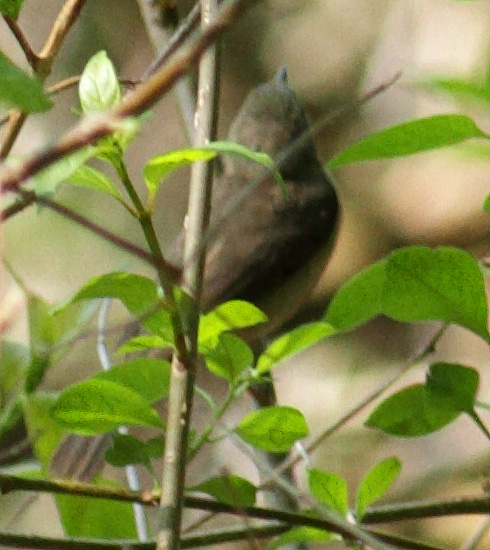
Unknown 1
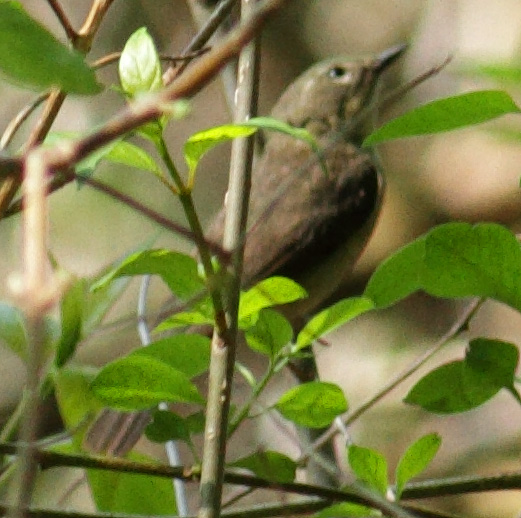
Unknown 1
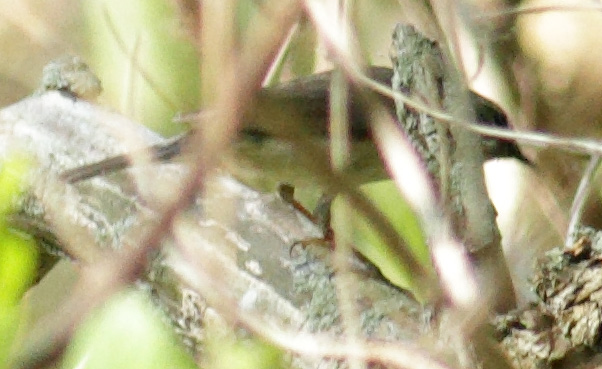
Unknown 1
The second one has the back and streaked breast of a sparrow, but its bill shape looks wrong for a sparrow. Note the eye-ring. Photographed at Tawas Point State Park.
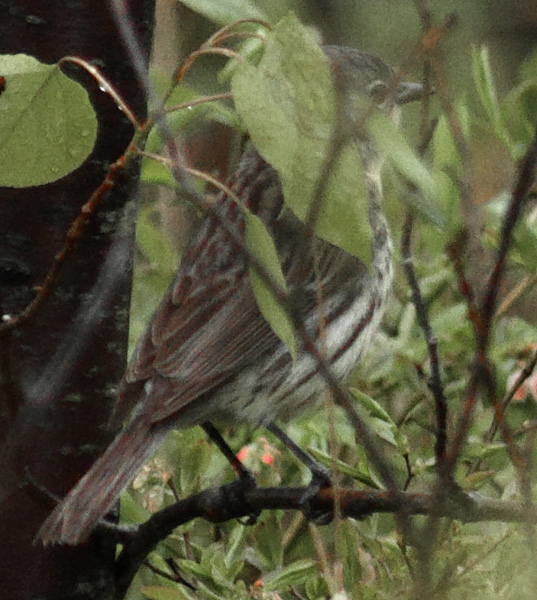
Unknown 2
[Update: Warbler expert John Rowlett, along with two other readers, identified this bird as a female Kirtland's Warbler. I took a look at your unidentified photo. To me this looks like a washed out Kirtland's Warbler. I can't tell if the wash out is due to the light or what. The bill, broken eye-ring, strong back streaks, very dark secondaries, the narrow lower wingbar, and the flank streaks (showing as stripes due to how the bird is positioned) leave room for nothing else. The lack of any yellow or yellowish showing could easily be due to the light, your treatment of the image, or a first-year female.
Several features weigh against Yellow-rumped. Although the rump can't be seen from this photo, the sides show well enough to expose the yellow characteristic of Myrtle were it there. The somewhat large, rounded head and heavy bill are also characters of KIWA; YRWA normally shows a pale supraloral mark, missing here; and the extremely narrow lower wing-bar is characteristic of KIWA, whereas YRWA shows a wider (more normal for Setophaga) bar. These are the features that favor KIWA, although the lack of better light and the disadvantage of having but one photo of the bird makes it impossible to be certain. But that's the fun of having a close look.]

Kirtland's Warblers: male (left), female (right)












































